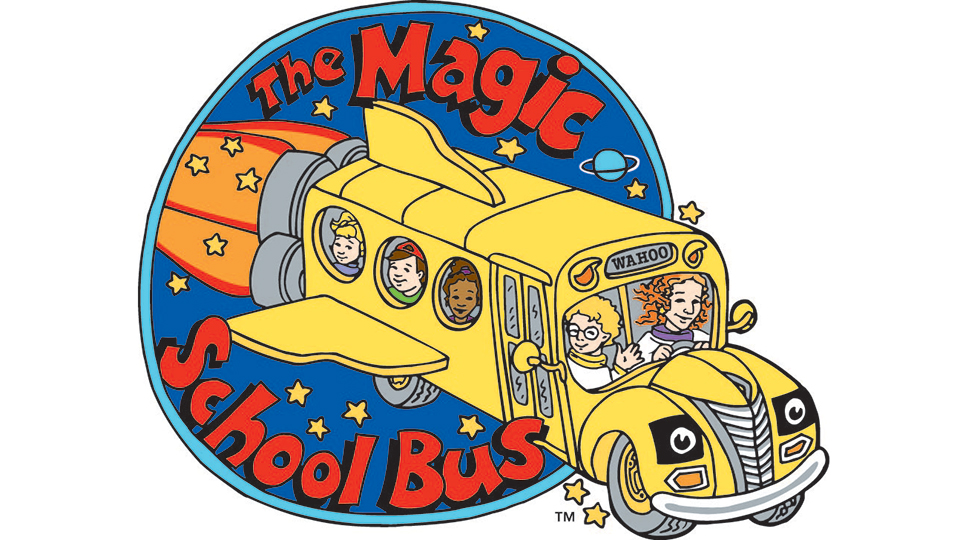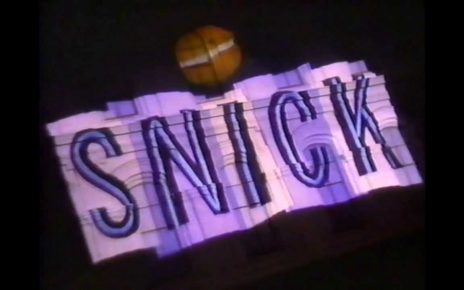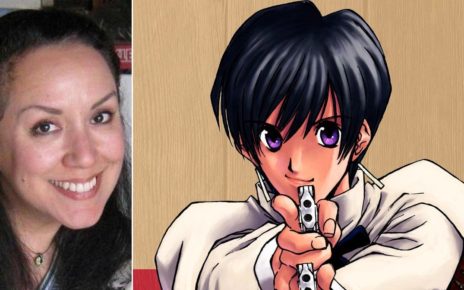Composer Peter Lurye has been a mainstay in children’s animation for more than three decades thanks to a serious talent for earworms. Lurye’s songs have been featured in TV series ranging from Eureeka’s Castle to Dora the Explorer to Bear in the Big Blue House, not to mention My Life as a Teenage Robot, where he worked with Samurai Jack’s James L. Venable, to Stanley, whose theme song was performed by Baha Men. He’s even done work for film, including the song “Be True to Your Groove” from The Emperor’s New Groove 2: Kronk’s New Groove. But if there’s one song Lurye is perhaps most famous for among animation lovers and kids worldwide, it’s the theme song for The Magic School Bus.
The Dot and Line spoke with Lurye about getting the gig, composing the song, working with Little Richard and Lin-Manuel Miranda, and more. Hop aboard the Magic School Bus! You’re in for a wild ride.
Lurye’s comments have been condensed and edited for clarity.
How he boarded The Magic School Bus
A friend of mine—the person who did the sound for The Magic School Bus, in fact—once made a comment that I thought was great. He said, “Beware of your first success, because you’ll be doing it for the rest of your life.”
My background is entirely early classical. I worked at an opera house in Germany for three years out of college. When I came back to the U.S., I was looking get into some kind of film or TV scoring So I took a course in film scoring at the Mannes School of Music extension division. I did a couple of student films, which gave me a demo tape, which got me a gig doing film strips for Random House. A film strip, in case you didn’t know, was sort of a slideshow on a continuous reel of film. The Random House connection was from somebody I met at a party. That work gave me a better demo tape. Then someone else I had met at a party, Kathy Minton, who was the producer on Eureeka’s Castle, left a message on my phone one day saying, “Hey, we’re doing this puppet show for Nickelodeon. Any interest?” It was like a choir of angels appeared, and I was like, wow, this is what I’ve been looking for.
I’d never written a song before. I didn’t admit this to them until many, many years later. I spoke to them and they said, you know, just bring stuff that you have. Don’t do anything special. Well, I hadn’t really done anything. So I got the show bible, which is the description of the characters and the aims of the show, and I just tried writing some songs for the characters. I’d never tried writing lyrics, but having spent my life as a wiseass, when I started, I was like, “Wow, this is actually kind of fun!” Music I’ve done all my life, and that has all kinds of baggage with it. But lyrics were something new. I wrote seven songs or song fragments. I got the job, and all of the kids’ stuff has flowed out of that.
“You get a shot at something, and suddenly you’re someone who can do it, and then you’re interesting to other people who want someone who can do it.”
The director of that show was Hugh Martin. His wife, Kristin Martin, was one of the main producers on The Magic School Bus, so she was my contact there. It’s like a wormhole opened up: you get a shot at something, and after that, you’re someone who can do it, and then you’re interesting to other people who want someone who can do it.
How the song got written
The Magic School Bus had a long and involved development process. Kristin called me and told me she had a new project. When she sent me the book, I thought it was the greatest thing I had ever seen. So two years before I wrote the song that ended up being the theme for the show, I wrote a song for the pitch, or the proof of concept, or something. It was an early version of the theme, and it had kids singing the whole thing. Some of the melody was the same, and some of the lyrics were the same, but it was much more kid-like.
Two years later, it’s time to do a real theme song. By then, the fad for having celebrities write kids’ TV theme songs was really getting in gear. They were in talks with someone, a known celebrity who didn’t end up taking the job. They talked to him for a while and his attitude was, “Well, why don’t you have this guy write the lyrics, and I’ll do the music.” So I wrote the lyrics. He looked at them and then said, “Why don’t you have him do the music, too?” So then I wrote, for the most part, the song that became the Magic School Bus theme song. He was like, “Yeah, I don’t think the song is for me.” So we had to think of something else.
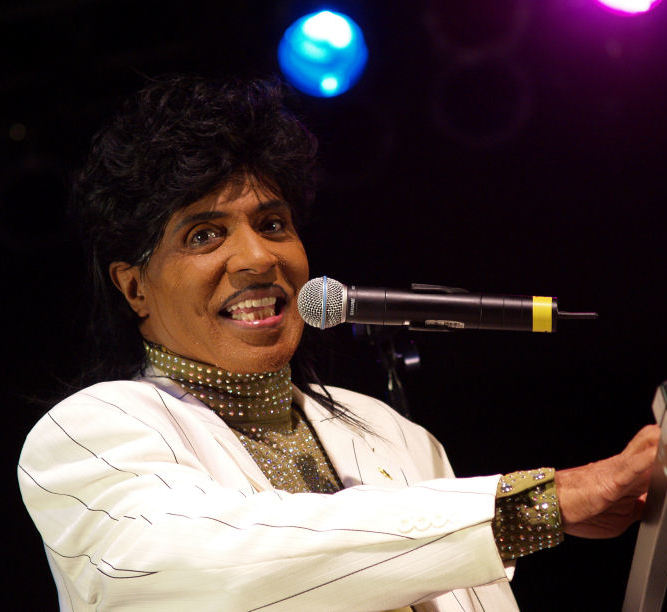
On working with Little Richard
We were sitting around wondering who we could get to sing this song. Then someone suggested Little Richard, which was a very exciting and slightly scary idea to me. He was such a classic, and I was a much less experienced pop producer at that time. We took a conference call with him and played him the song as it was, then asked if there was something he wanted from the song that would help him. He said he wanted it to have more of a backbeat and a really rocking piano part, which makes a lot of sense, if you know Little Richard. So I called my old friend Billy Cobin, a very talented guy, and he came over to my apartment, where I was working at the time, and in an hour he had knocked out these kickass bass, drums, piano, and guitar parts. And that became the basis for the track that we recorded with Little Richard.
When we flew out to California to record with Little Richard, I didn’t know what to expect, so I actually brought the basic tracks for the song in all 12 keys. It just so happened that we used the original key, but it’s always better to be prepared. I got the sense that Little Richard had only heard the song demo for the first time on the way over to the session, and he was a little nervous. It’s a very complicated song! It was three hours of very intensive work. But it was a great experience. He could not have been a nicer, more cooperative human being.
On updating The Magic School Bus theme for a new generation
As soon as Netflix decided to reboot The Magic School Bus, I started bugging Scholastic—for two years—about whether they were going to use the old song. There were a lot of parties involved, and it took them a long time to decide. They kept telling me, “We can’t say anything yet, we can’t say anything yet,” until, finally, they asked me to update it. So I did. The melody and the lyrics of the song are unchanged, but in order to update the track, I worked with a very talented young songwriter, Aaron Mirman-Heslin. He’s in his early thirties now, but he was nine when the original show came out. And I found a terrific person sing the demo.
Once we were done, Netflix wanted to find a celeb to sing it anyway. And by that time, they were under such time pressure that the animation company said, “Fine, but we need the finished version in two weeks.” I had no idea how they were going to find someone. Then they found Lin-Manuel Miranda.
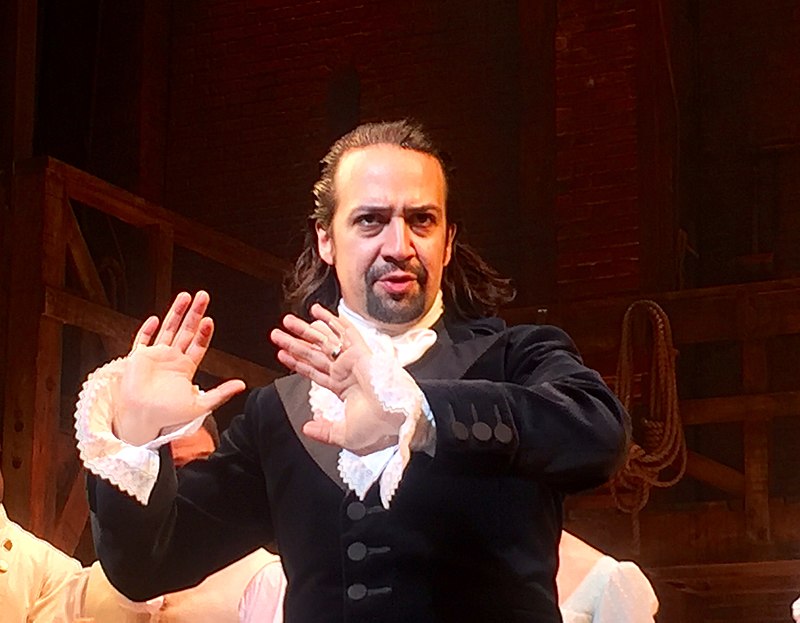
On working with Lin-Manuel Miranda
The funny thing about Lin-Manuel was that he was a last-minute catch. There was some connection—someone at Scholastic or Netflix knew his agent. So here we were, on a Tuesday. Lin-Manuel was in London filming Mary Poppins Returns. He happened to have a couple of hours free at 10 AM Greenwich Mean Time on Saturday morning. That was 5 AM in New York, where I’m based. And it took a while for his deal to get signed, so we didn’t know for sure it was happening until that Friday afternoon.
I supervised the session remotely with a technology called ISDN, with which you can hear full-quality audio, which was held at a studio I’d worked with before in England, which is really terrific. My biggest concern was being sure that the engineer was going to get to the studio in New York at four in the morning—that and getting into the building. But the engineer set three alarms, 15 minutes apart, and everything worked like clockwork. I set my alarm for 3:30 AM. I was getting up as my college-age son was going to bed, which I thought was funny.
When I got there, it was two hours, in and out. It was incredibly intensive—just an utterly focused, wonderful work session. Lin-Manuel couldn’t have been more cooperative or into it. This man is always doing a superhuman number of projects, yet what I found when working with him was that the level of focus that he has in order to do all the different things he does is incredible. I don’t think I’ve ever worked with anyone who was as on it constantly, do you know what I mean? And it’s not a simple vocal arrangement. There are a bunch of different parts. Near the end, I said, “Well, that’s everything,” and Lin-Manuel responded, “Well, we haven’t recorded ‘Step inside, it’s a wilder ride’ yet.” I’m really glad he noticed that! I’d like to think that one of us would have noticed that, but that would have been a pretty big omission!
On the differences between Little Richard vs. Lin-Manuel
Little Richard was 62 when he recorded that song! In fact, one of the really fun things about getting to redo the song—and again, I adore what Little Richard did with it—was working with a younger vocalist. I don’t know how well you know this song, but in the original, Little Richard speaks the four lines in the bridge starting with “Navigate a nostril!” because he couldn’t hit the high register notes. We did some takes of him singing it, and he still sang fantastically well, but he didn’t have quite the high range he did back in the ’50s and ’60, needless to say. So we ended up going with the spoken version. Lin-Manuel, of course, is much younger than Little Richard was then, and he has those notes. So if you listen to the Netflix version of the song, you’ll hear the melody in the bridge as it appeared in the original demo. So 25 years later, I finally got to hear that melody. That was a serendipitous thing.
Thanks for reading The Dot and Line, where we talk about animation of all kinds. Don’t forget to follow us on Twitter and sign up for our newsletter.


